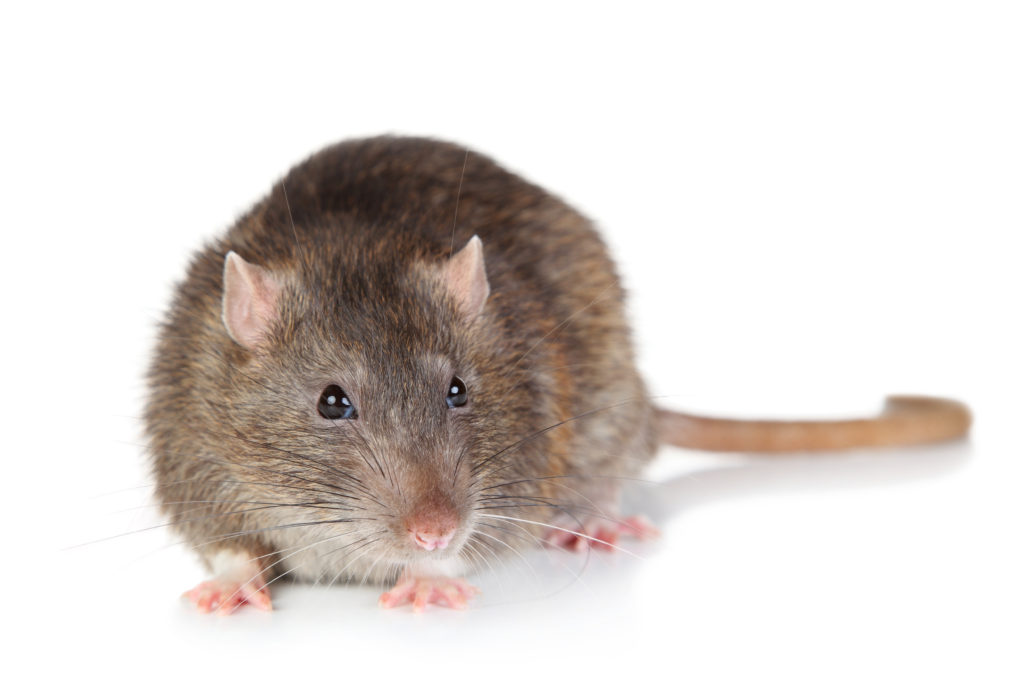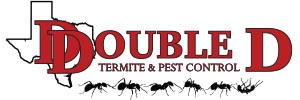
House mouse
The house mouse is, unfortunately, the species of mouse everyone thinks of when they hear the word mouse. It is because they live in close association with humans that they are one of the most familiar small mammals to humans. House mice are similar in size to our native deer mouse but they are a solid grayish-brown color above and below. Their tail is also scaly like a Norway rat and not covered with fur like the deer mouse.
House mice are occasionally found in fields, but usually in buildings. They will eat most anything and breed year round having as many as a dozen litters a year of 5-8 young each. Young are able to breed at six weeks. Because this mouse chooses to live near humans, it is considered a pest. This species is the one sought after in trapping and poisoning efforts by humans.
Norway Rat
This rat lives both with man, and in the open where vegetation is tall. It makes its home principally in a basement or a burrow under a sidewalk or outbuilding. It appears to be most common around feed stores, chicken houses and garbage dumps.
The Norway Rat is more at home on the ground, but has been seen crossing from one building to another along a telephone wire, so it is an excellent climber. Around poultry houses, the rat feeds extensively on eggs and young chickens. It has even been known to kill lambs and young pigs!
The Norway Rat is a source of food for the spotted skunk, barn owl and house cat, but because the rat is such a prolific breeder, these predators are often unable to keep the rat population in check.
This rat is known to be a reservoir of bubonic plague, endemic typhus fever, rat bite fever, and a few other dreaded diseases. Therefore, buildings and garbage cans should be rat-proofed.
Roof Rat
The roof rat is a commensal (i.e. living in close association with humans) rodent. The head and body are six to eight inches long and the tail is an additional seven to ten inches. It has a slight body, which weighs five to nine ounces. The fur is soft, smooth, and brown in color with some black hairs. The muzzle is pointed, eyes and ears are large, and the scaly tail, which is uniformly dark, is longer than the head and body combined. Roof rat droppings are up to ½-inch long and spindle-shaped with pointed ends.
Adults are sexually mature in two to five months. Females produce four to six litters per year, each averaging six to eight young. Adults live from nine to twelve months. They have poor sight but keen senses of smell, taste, hearing, and touch.
Rats are nocturnal. They are shy about new objects and very cautious when things change in their environment and along their established runs. Outdoors, roof rats prefer to nest in trees and, occasionally, in burrows and vegetation. The rats easily enter buildings through ½-inch and larger gaps. In buildings they prefer to nest in upper levels of the building, and occasionally, in basements and sewers. They prefer foods such as fruits, vegetables, and cereals. Their forging range is 100 to 150 feet from their nest.
Rats are associated with various diseases and occasionally bite. Plague is of little concern because it has not occurred in rats in the United States for many years. However, leptospirosis is vectored by rats, and thus, is a disease of great concern. This disease is acquired by eating food and drinking water, which are contaminated with infected rat urine. Rats also cause significant structural damage and product destruction.
Have a pest problem that we haven’t covered here? Just give a call at 1-817-558-PEST (7378) and talk to a Double D representative, or
- You can send us a e-mail.
